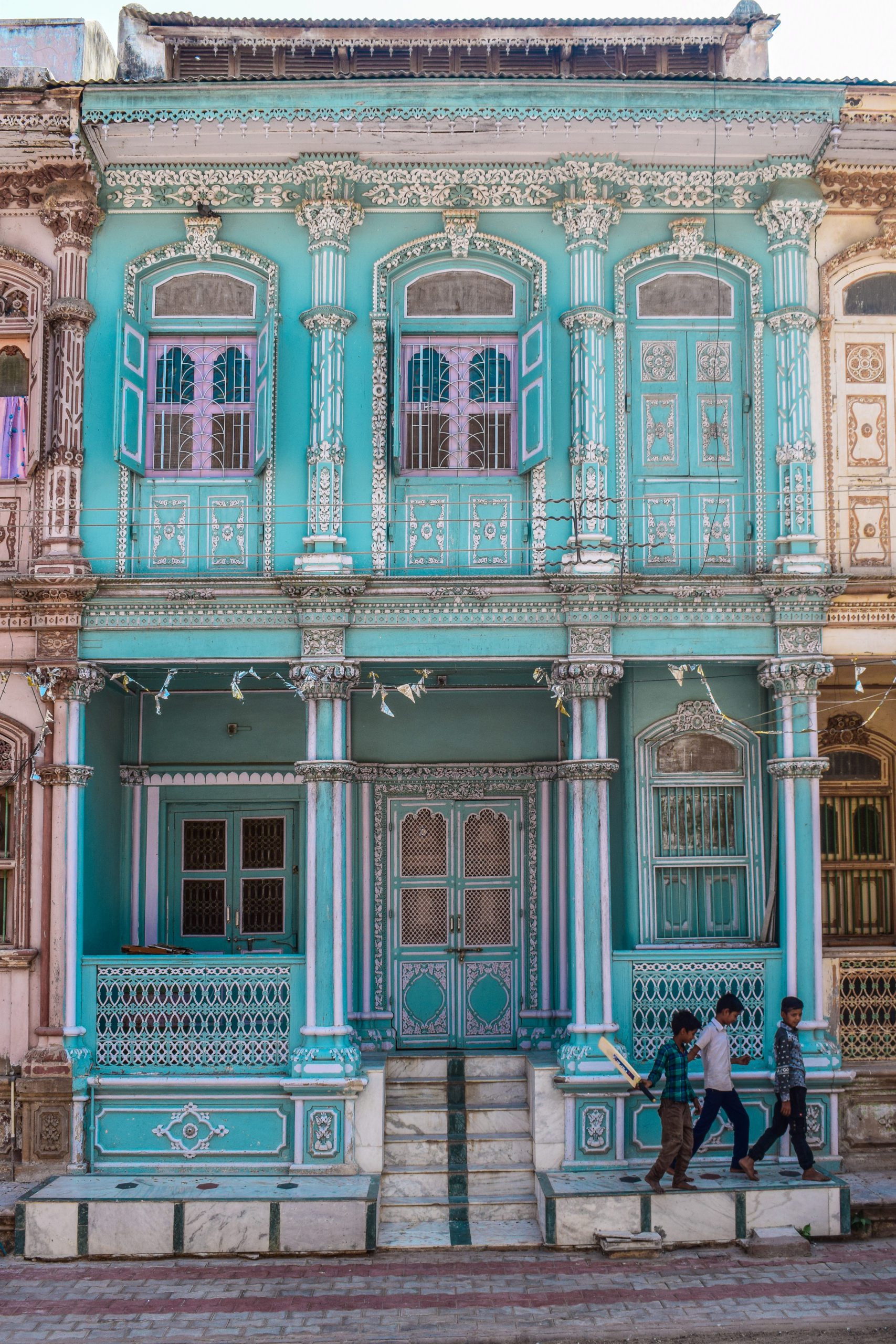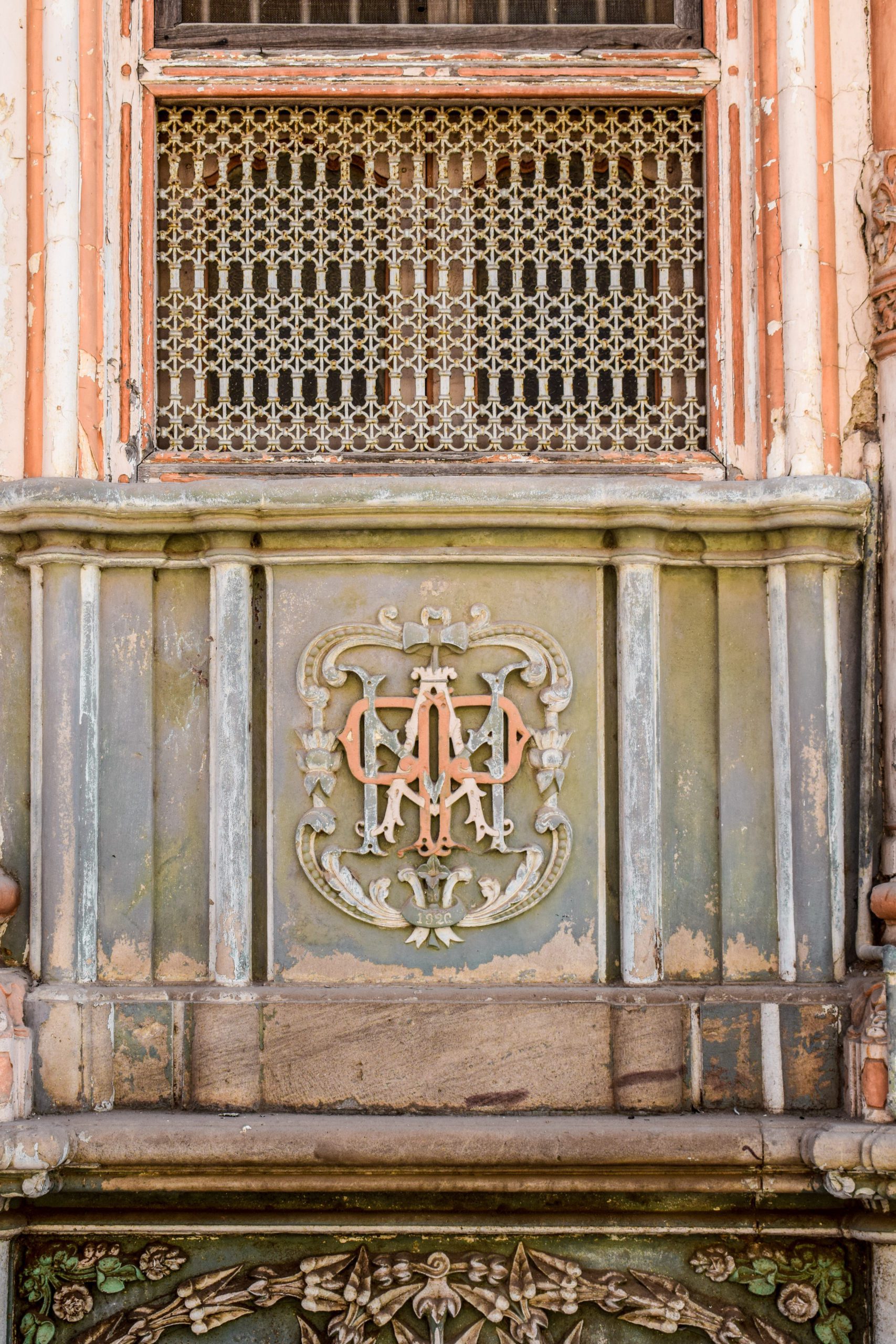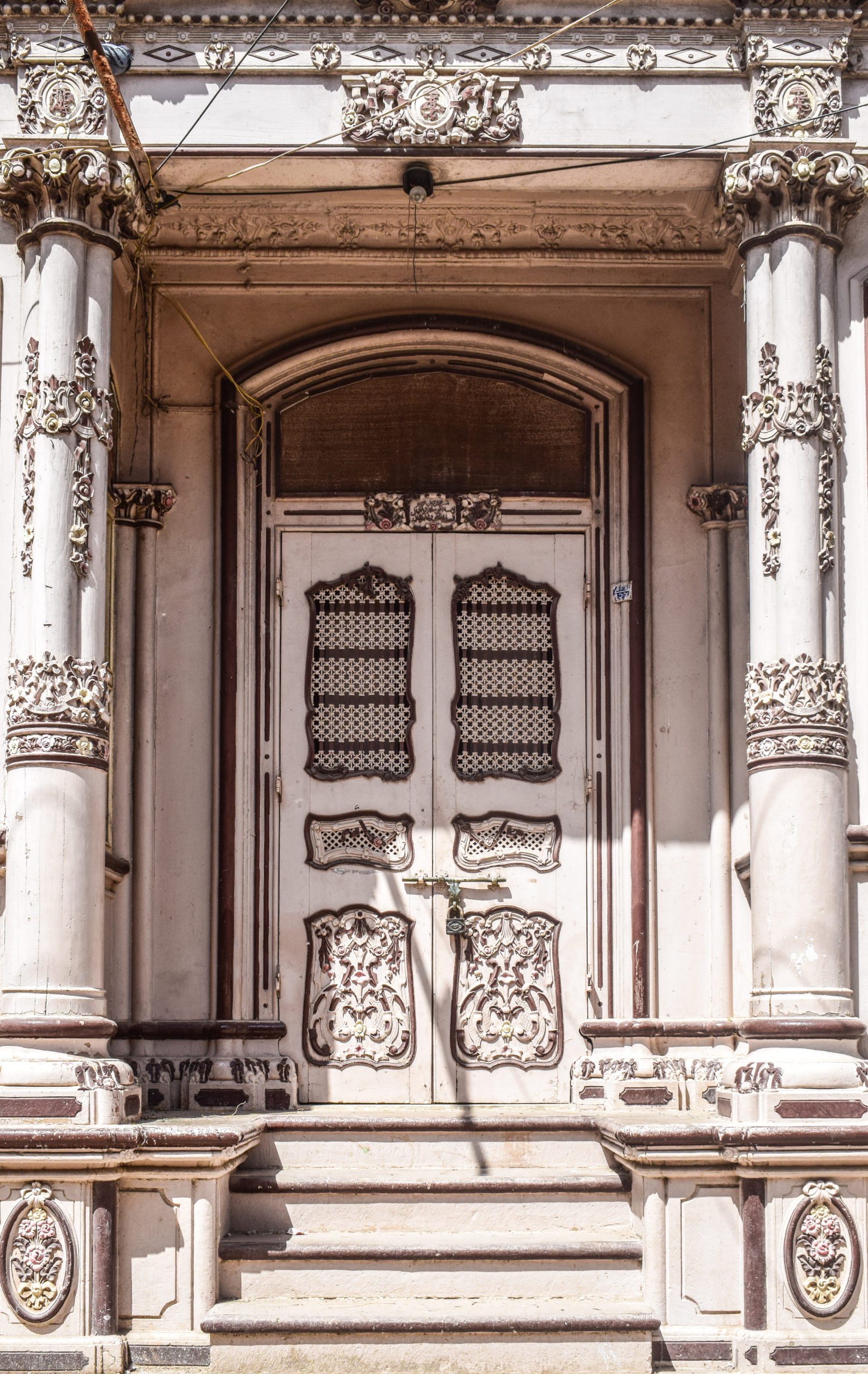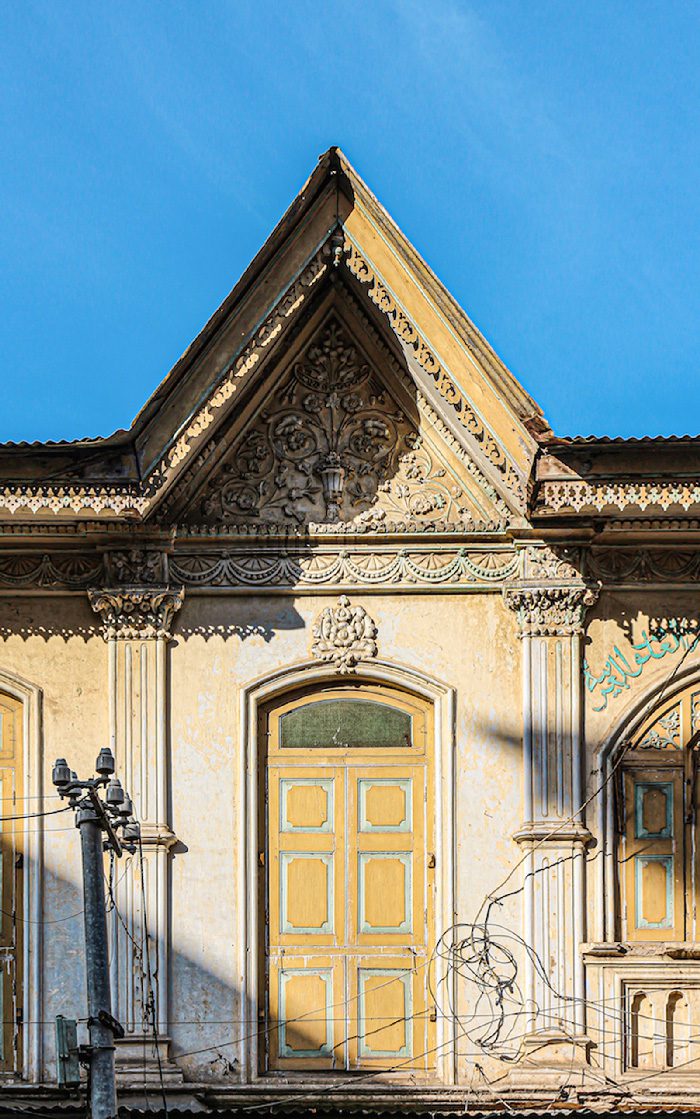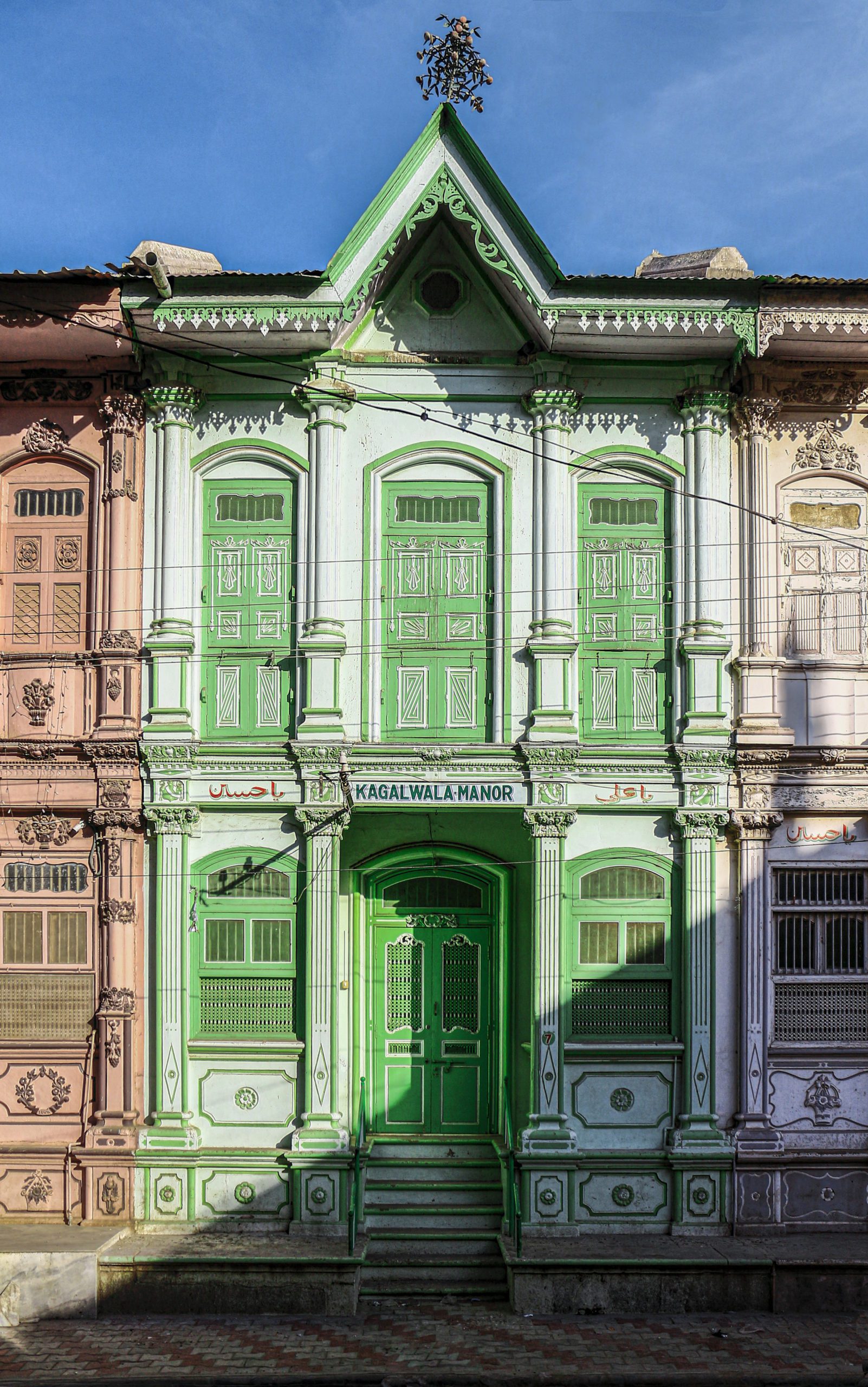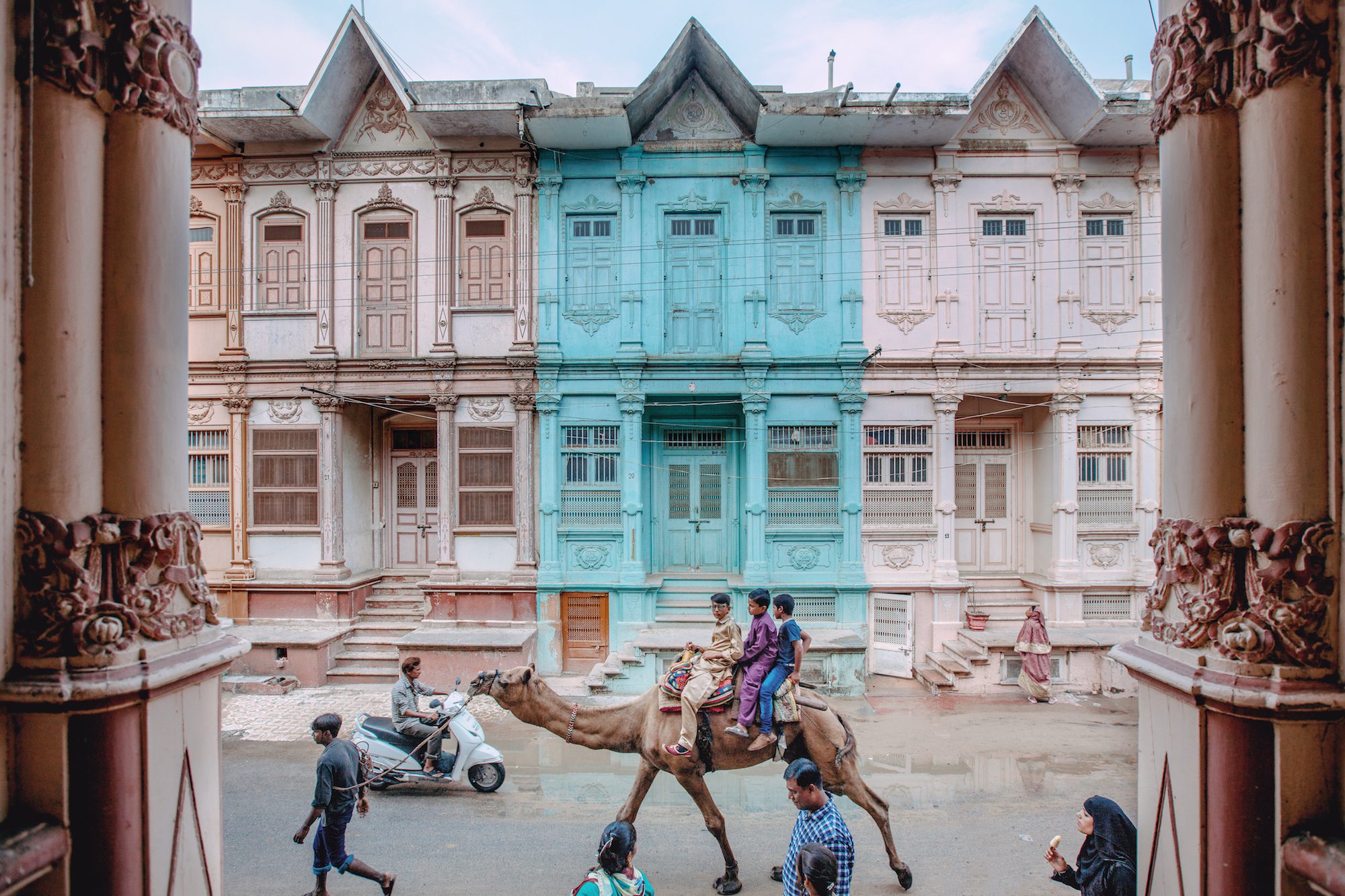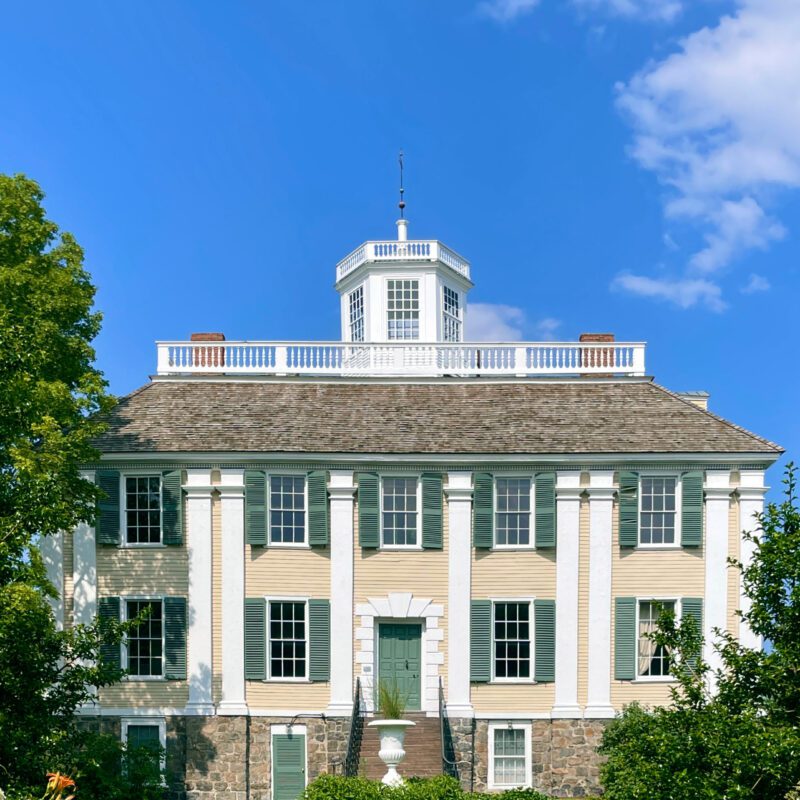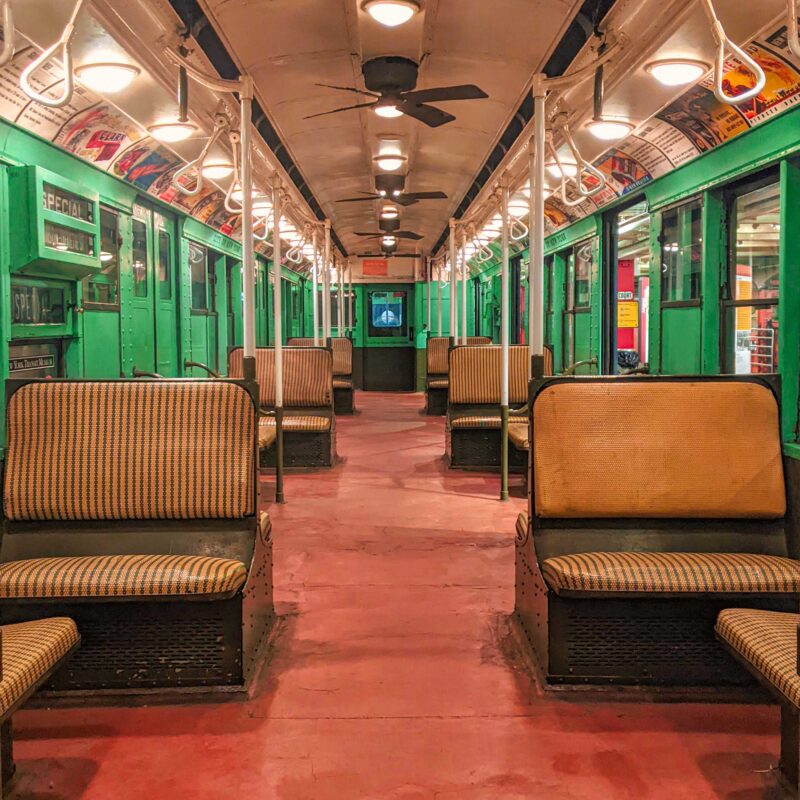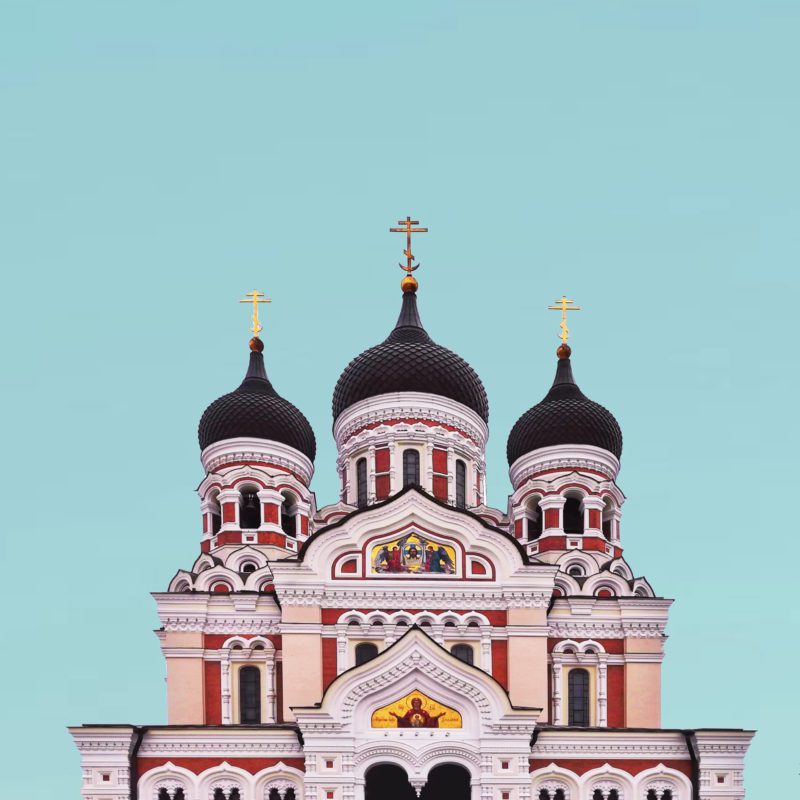Without a soul in sight, Sidhpur’s pastel mansions stand in eerie perfection with whole streets of pistachio, rose, and lavender façades that look more like a movie set than a small Gujarati town. Known as Vohravaad havelis, these homes were built between 1870 and 1930 by the Dawoodi Bohras, a Shia Muslim trading community that migrated from Yemen in the 18th century.
For a few decades, prosperity here was booming. Railway links, warehouses, and trade routes turned Sidhpur into a hub, and its Bohra families poured wealth into houses that fused Victorian, Baroque, Art Deco, and Islamic flourishes—a cosmopolitan mashup long before “global style” was a design trend. Narrow but deep, each home was built around a courtyard, a clever way to keep the desert heat at bay.
But the details were not concentrated just on the outside. Inside, chandeliers still hang from high ceilings, carved woodwork, teak staircases, and ornate monograms show the family pride. Even the burqas of Bohra women mirrored the color palette—mint, lilac, coral—standing out in contrast to the black garments common elsewhere.
"For all their visual magnificence, architectural splendor, and historical significance, why are they abandoned?"
So why the silence now? As trade shifted, Bohra families followed opportunity to Mumbai, Ahmedabad, East Africa, and beyond. The result: entire neighborhoods of nearly untouched mansions, left standing as if their owners might return any minute. Some have been demolished, others left to family members or caretakers, and some remain like time capsules—perfectly preserved, and perfectly puzzling.
To preserve the beauty, the Sidhpur Heritage Collective was founded in 2024 to document the architecture of the town, organize guided tours, and work to safeguard this history without the protection of heritage laws, in hopes of reviving what was once a bustling hub.
For now, they remain one of India’s most surprising secrets—empty, intact, and waiting to be rediscovered…

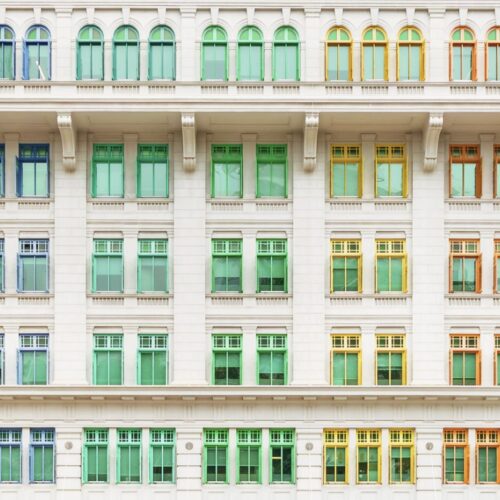

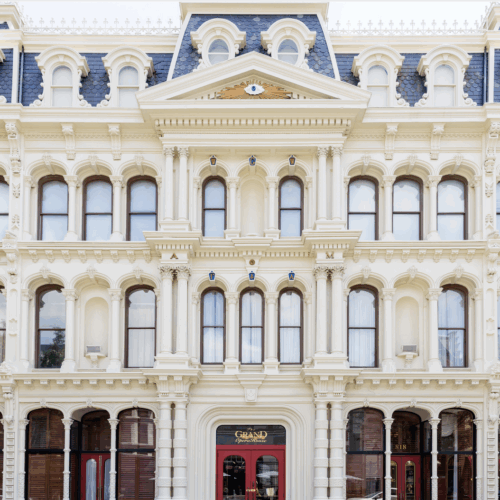
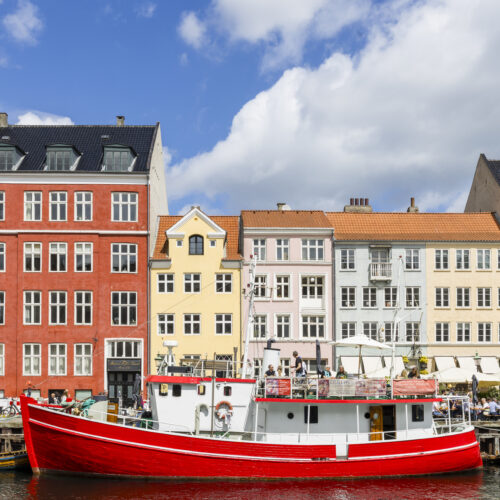



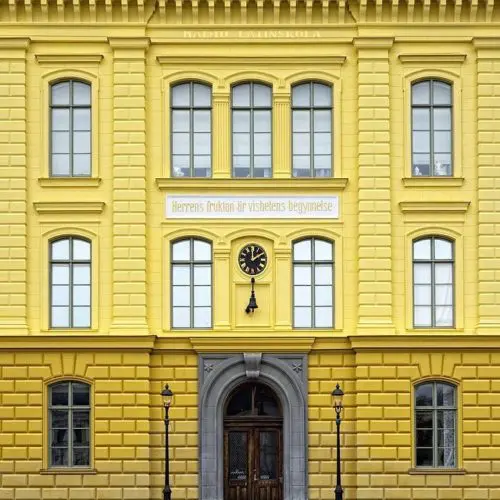

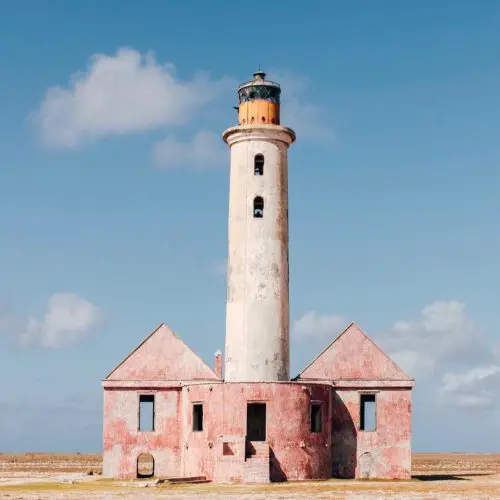


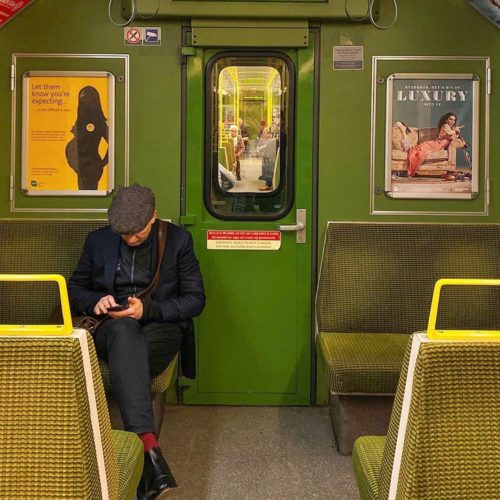






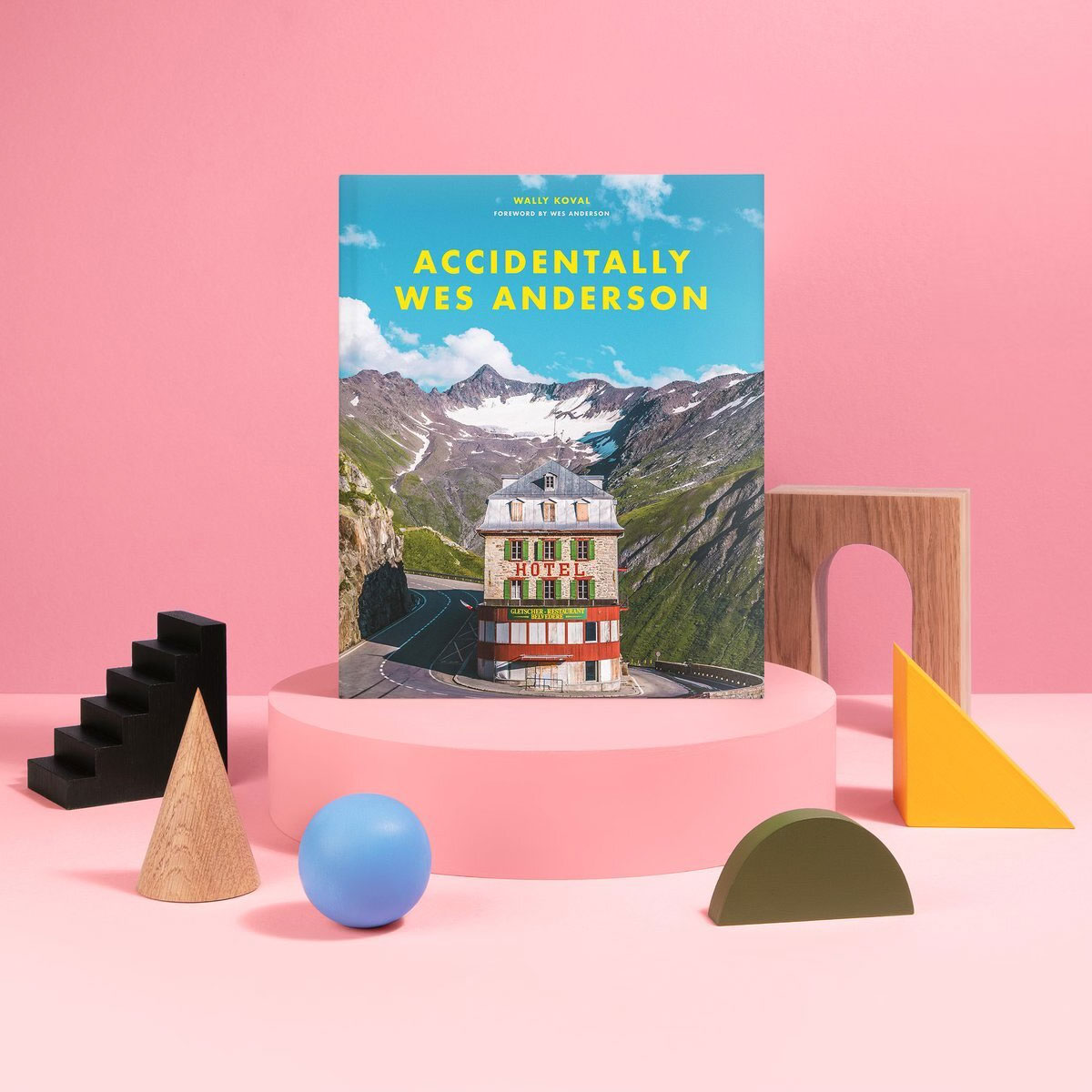



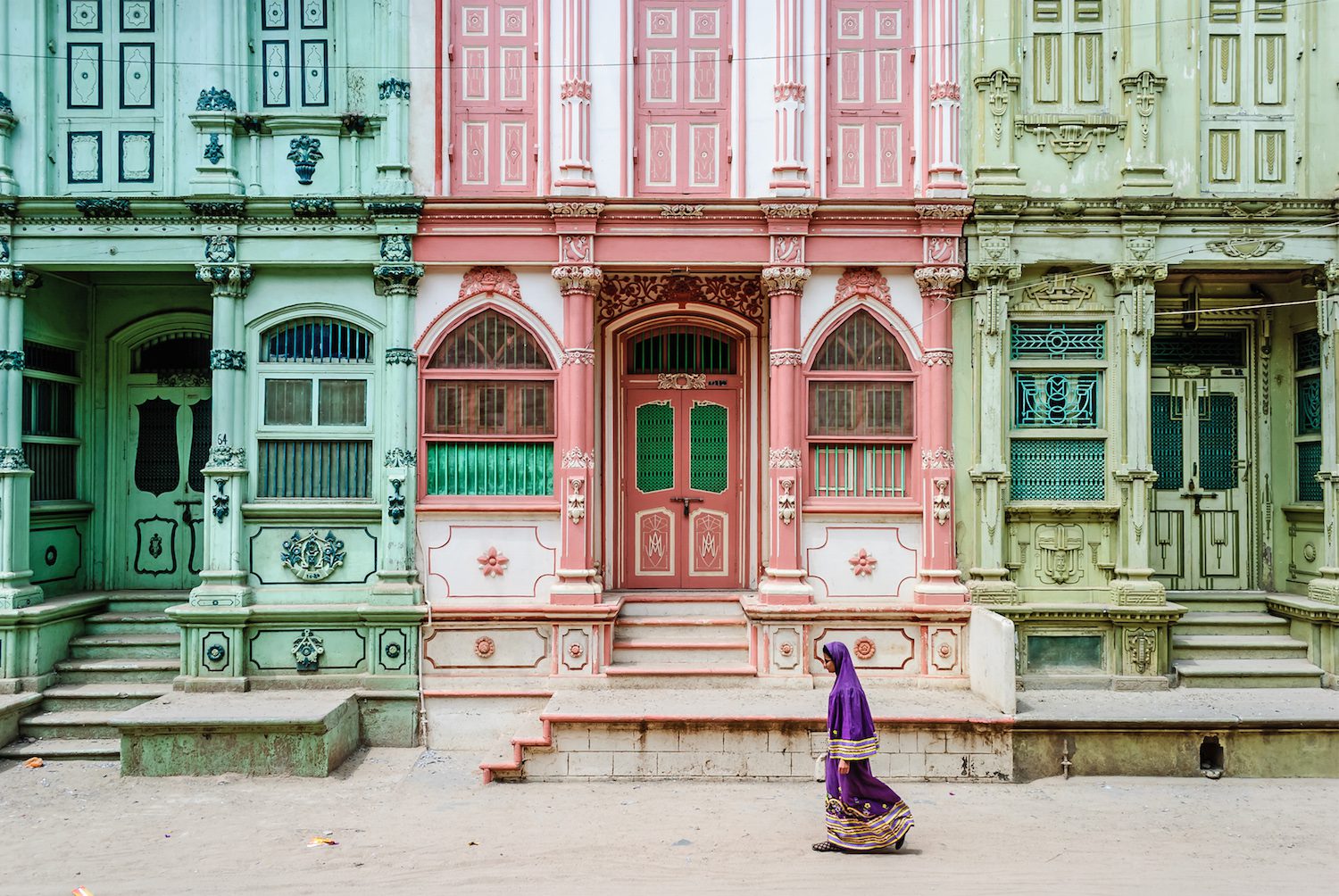
 :
: 